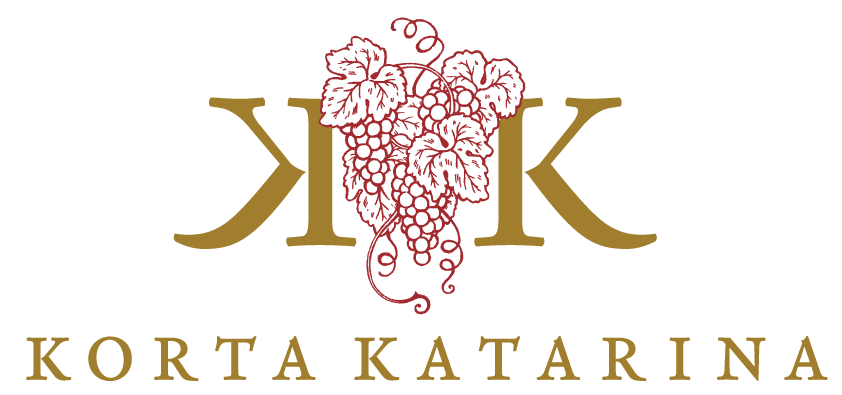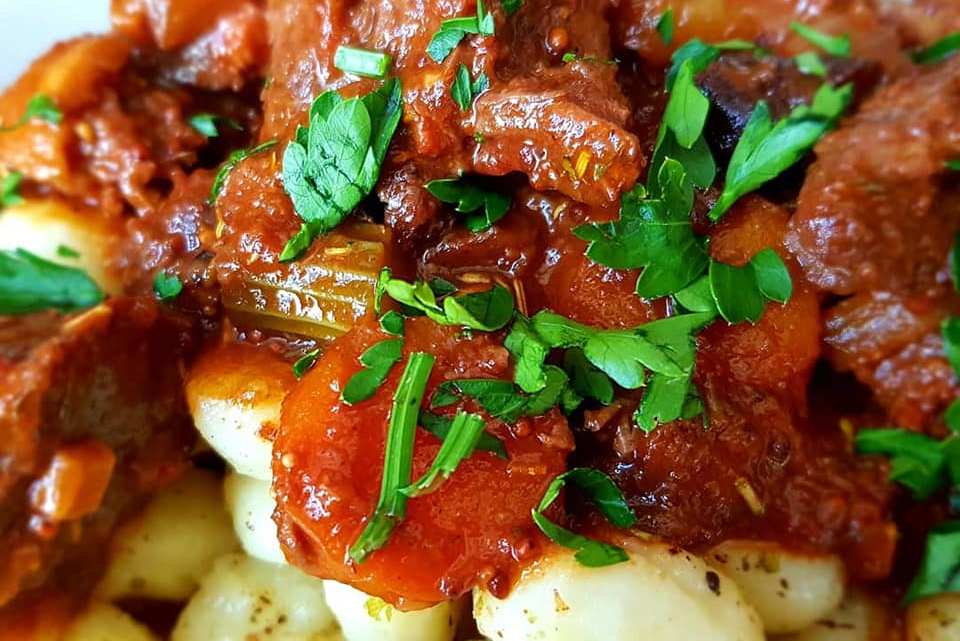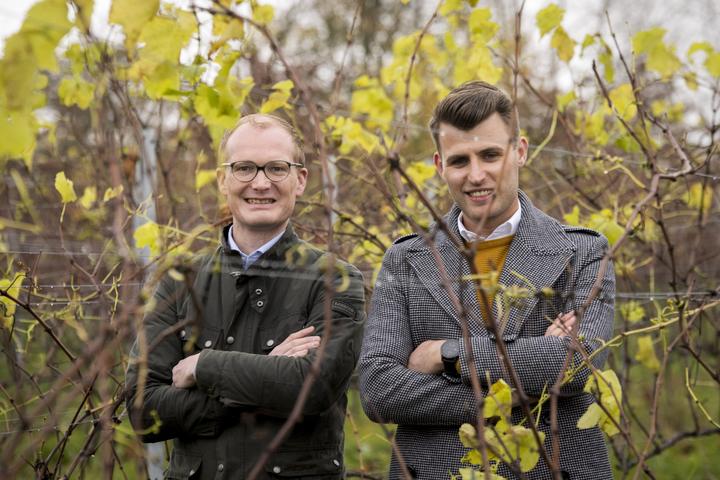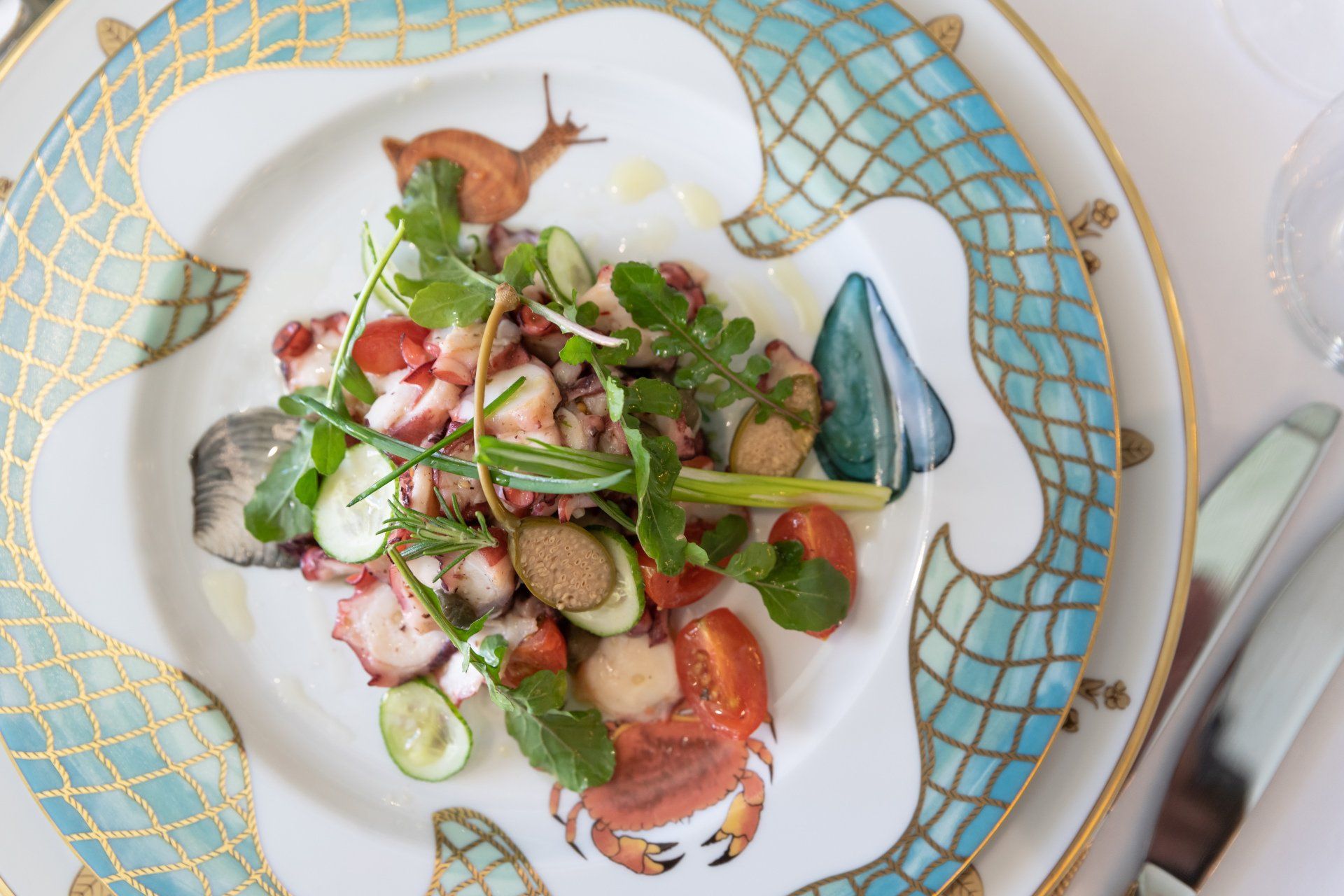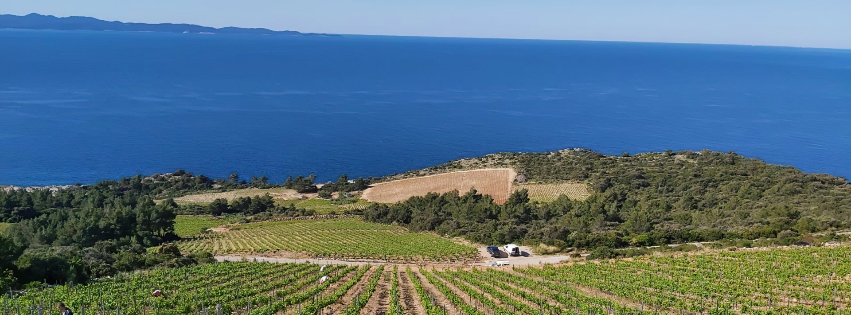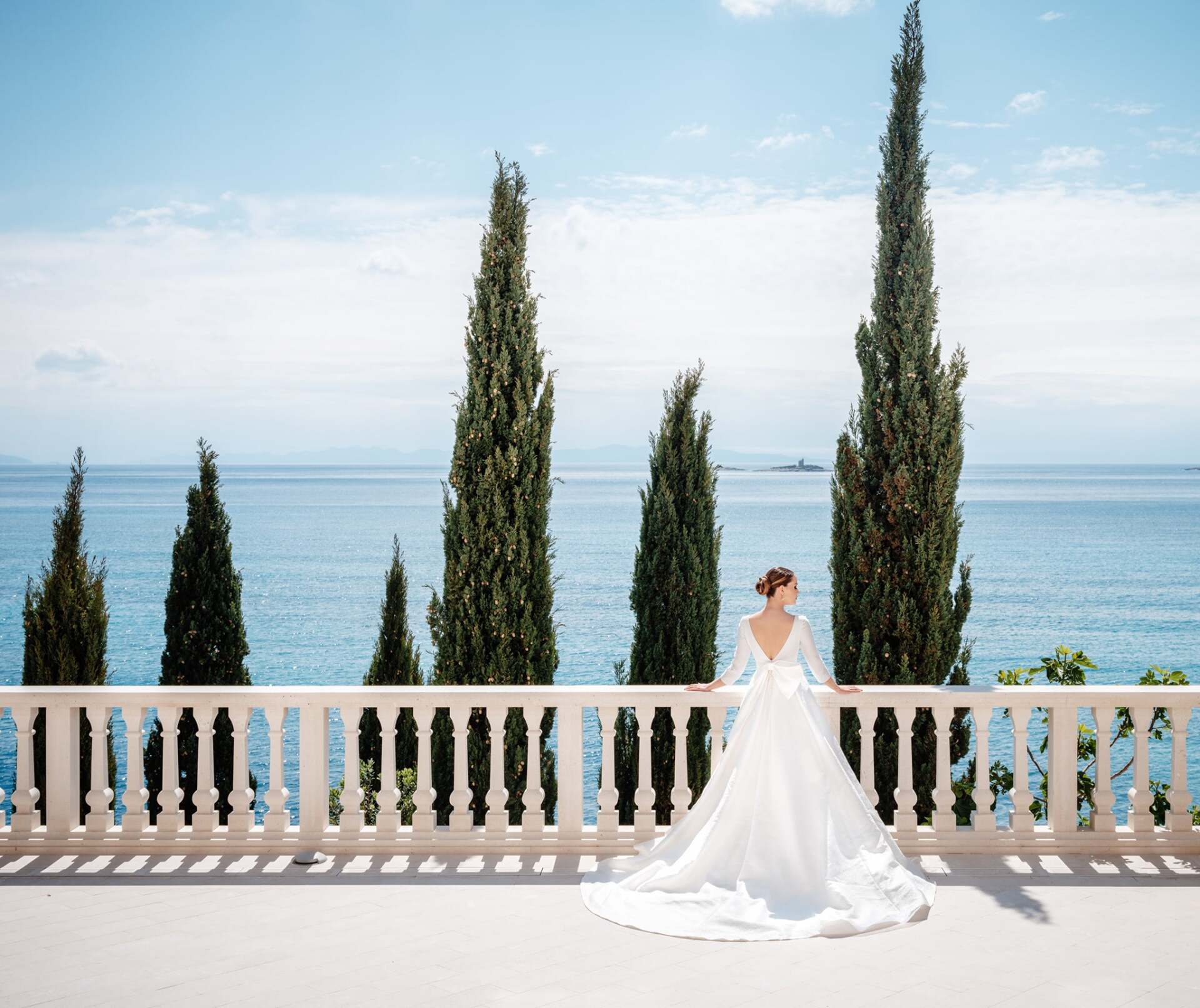Grapevines are perennial plants, they bloom during the spring and summer and die back during the autumn and winter, growing again from rootstock the following spring. If left to its own devices, a grapevine will grow into a thick, messy bush of leaves and branches, so human intervention is needed to keep things in check, and to encourage the vine to produce fruit.
Dormancy
Northern hemisphere: December-March
Southern hemisphere: July-September
From leaf fall following harvest to the beginning of growth in spring, grapevines are considered dormant, and look merely like woody twigs. Little activity takes place within the plant during this winter period, but from a winemaker’s perspective there’s much work to be done, with pruning required to cut back the previous year’s canes and the best canes selected to grow new shoots. Besides the harvest, pruning is one of the most expensive and important activities in the vineyard. In very cold regions, vines may be buried for their own protection.
Bleeding and budbreak
Northern hemisphere: March-April
Southern hemisphere: September-October
The first transformation takes place in early spring, when sap exuded by pruning cuts – known as ‘bleeding’ – announces the imminent onset of budbreak, and the beginning of the lifecycle of the vine. The first buds are extremely delicate, which is why spring frosts can be so perilous in the vineyard. Many growers in Beaujolais in France, for example, lost all of their buds during the 2016 hailstorms.
Shoot and leaf growth
Northern hemisphere: March-May
Southern hemisphere: September-November
Newly emerged shoots will grow very rapidly as temperatures warm. Some viticulturists will prune downward-facing shoots to ensure they all grow upwards, thus reducing the potential crop size but increasing the quality – a vine producing fewer grapes will usually produce more concentrated grapes. Frost remains a risk, as it could return the shoots to a dormant state.
Flowering and fruit set
Northern hemisphere: May-June
Southern hemisphere: November-December
At the onset of summer, the buds begin producing ‘inflorescences’, or flower clusters, which will eventually bloom. These flowers are known as ‘perfect flowers’, as they pollinate themselves without the need for bees. As the fertilized ovary develops, it produces green berries in a process known as fruit set. Good weather is vital during the flowering period – too much rain can cause problems that will impact the harvest size and quality down the line.
Veraison and ripening
Northern hemisphere: July-September
Southern hemisphere: January-March
This stage marks the biggest explosion of life in the vineyard, where the vine shoots mature and veraison – where the green berries change colour and ripen – takes place. The chlorophyll green gradually disappears, and each variety reveals its particular pigment. The grapes of white varieties acquire a yellowish hue whereas those of red varieties go from green to red and/or purplish blue, depending on the variety. After veraison, the seeds are fully formed, acidity is still high and sugar levels low. Some winegrowers will do a little harvesting before veraison begins so that excess weight is removed and the vines can concentrate their energy on the remaining grapes.
Harvest
Northern hemisphere: September-October
Southern hemisphere: March-April
Finally, the climax of the whole process. Once the grapes are fully ripened, it’s time for them to be harvested, which is done either by hand or machine, depending on the vineyard. It’s not uncommon for harvests to take place earlier or later than the months noted above – much depends on the speed of that year’s growing season, while climate change is having an increasing influence on timings, too.
Post-harvest
While grapes won’t continue to ripen once picked, grapevines leaves will continue to photosynthesize after harvest if temperatures are warm enough. This is an important period for the plant, as it allows it to accumulate carbohydrates for future growth. As temperatures fall, vines gradually become more accustomed to the cold, and sugars are converted to starch to be stored for the winter, mostly in perennial structures such as roots and trunks. After leaf fall, vines continue to acclimate to cold weather, but no more carbohydrate accumulation occurs, and eventually the plant hunkers down into dormancy for the winter.
Ulica bana Josipa Jelačića 3Orebić, 20250, Croatia
CONTACT US
CALL THE WINERY
CALL THE VILLA
All Rights Reserved | Korta Katarina
